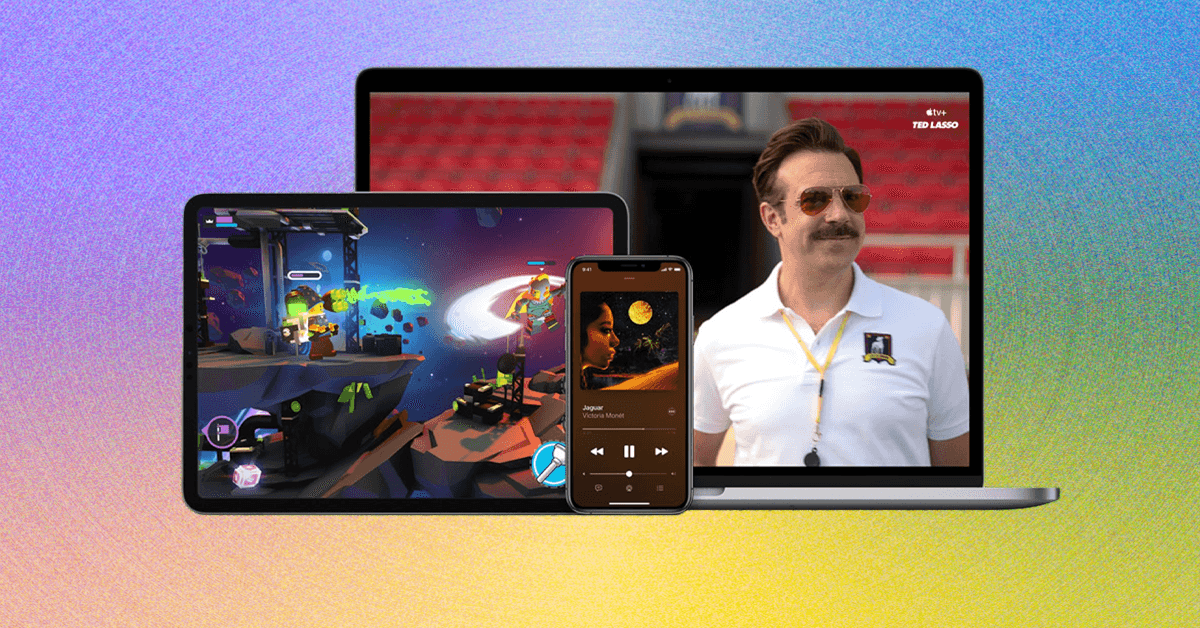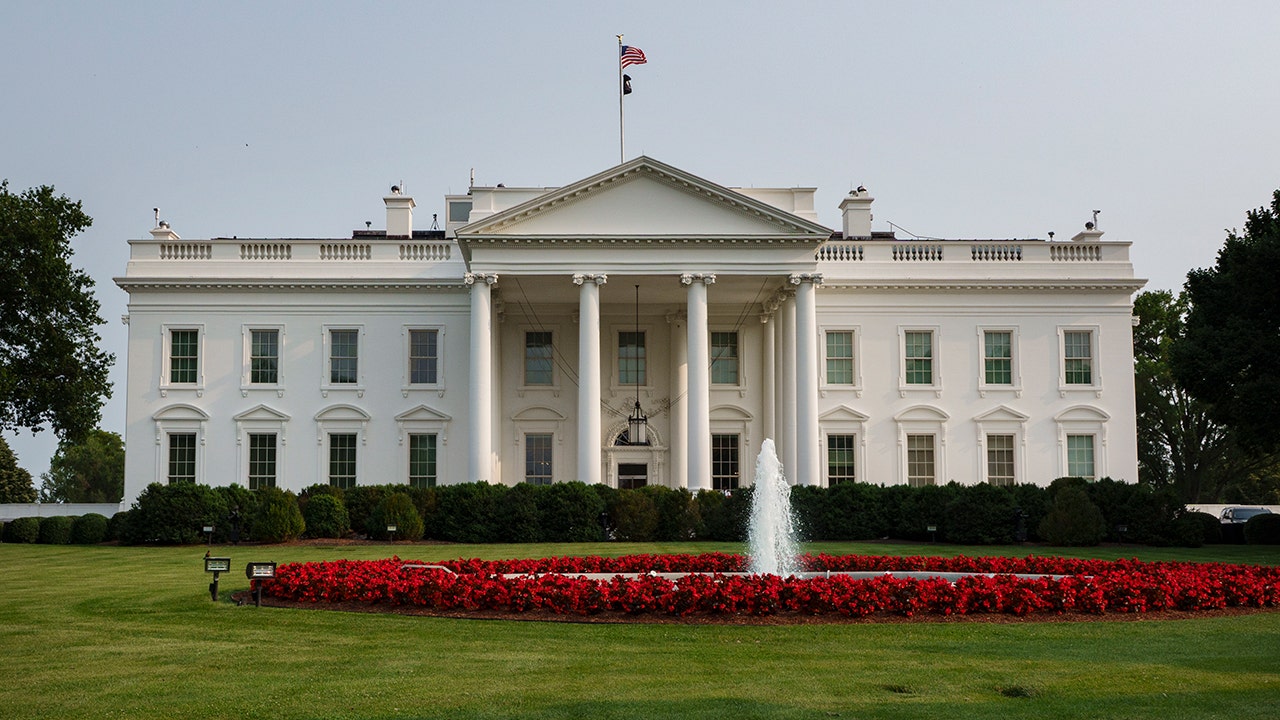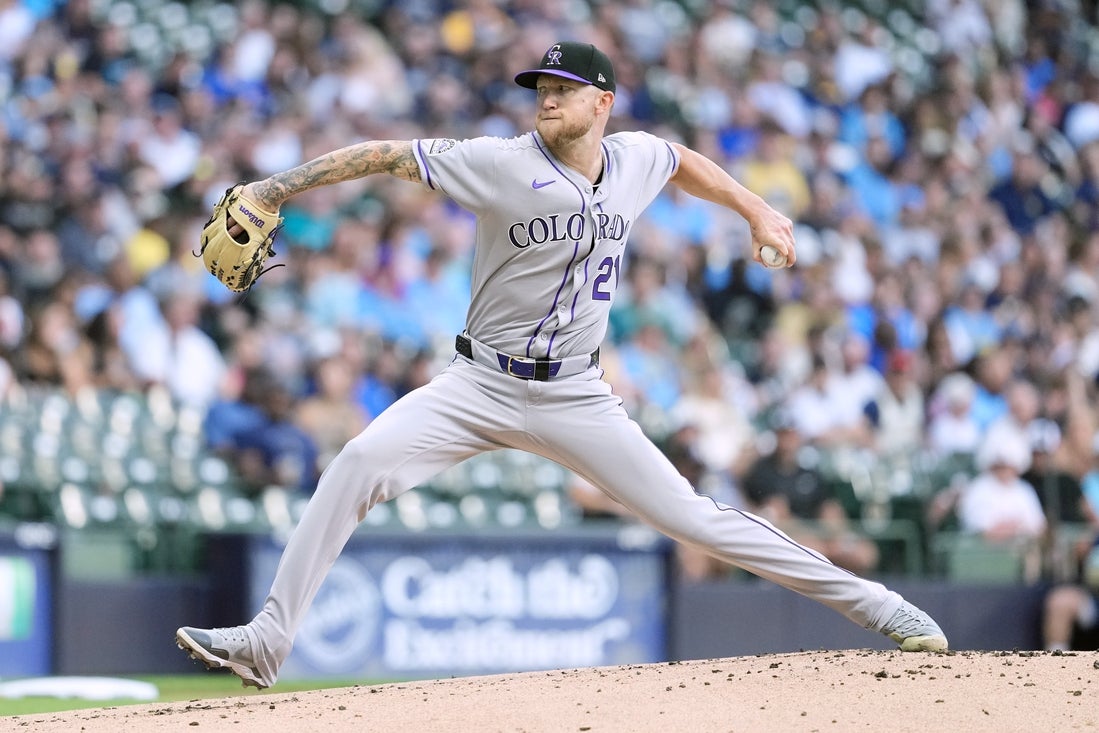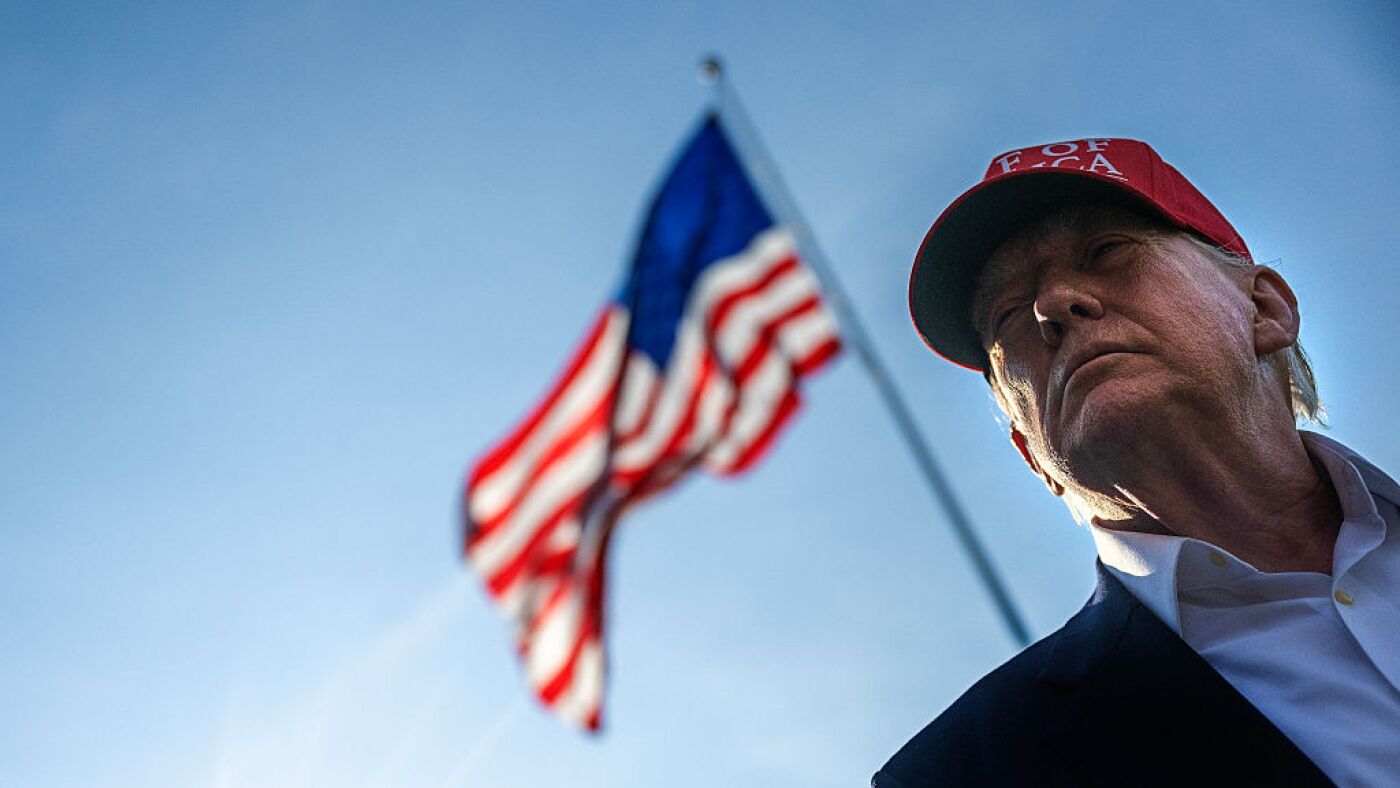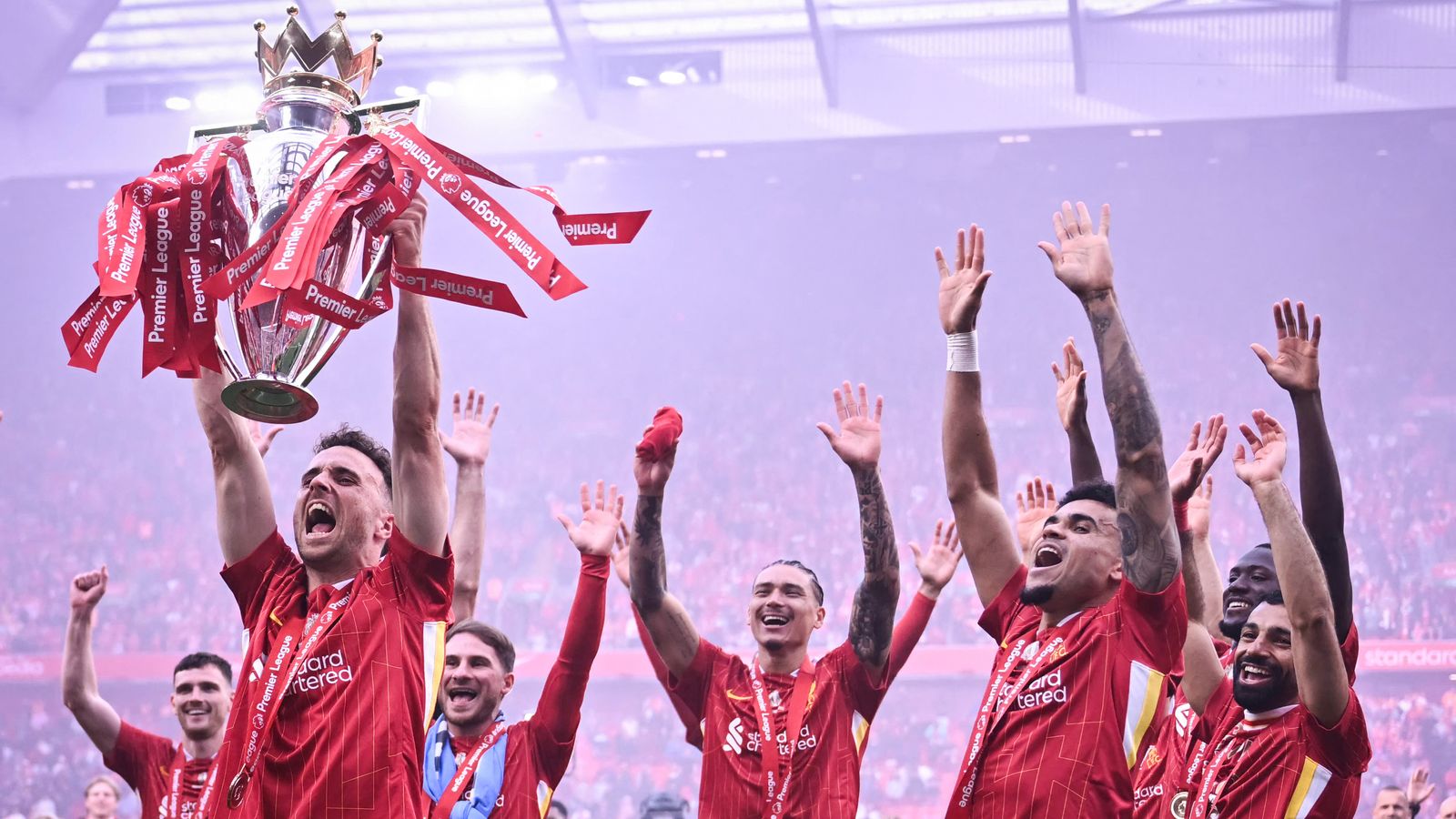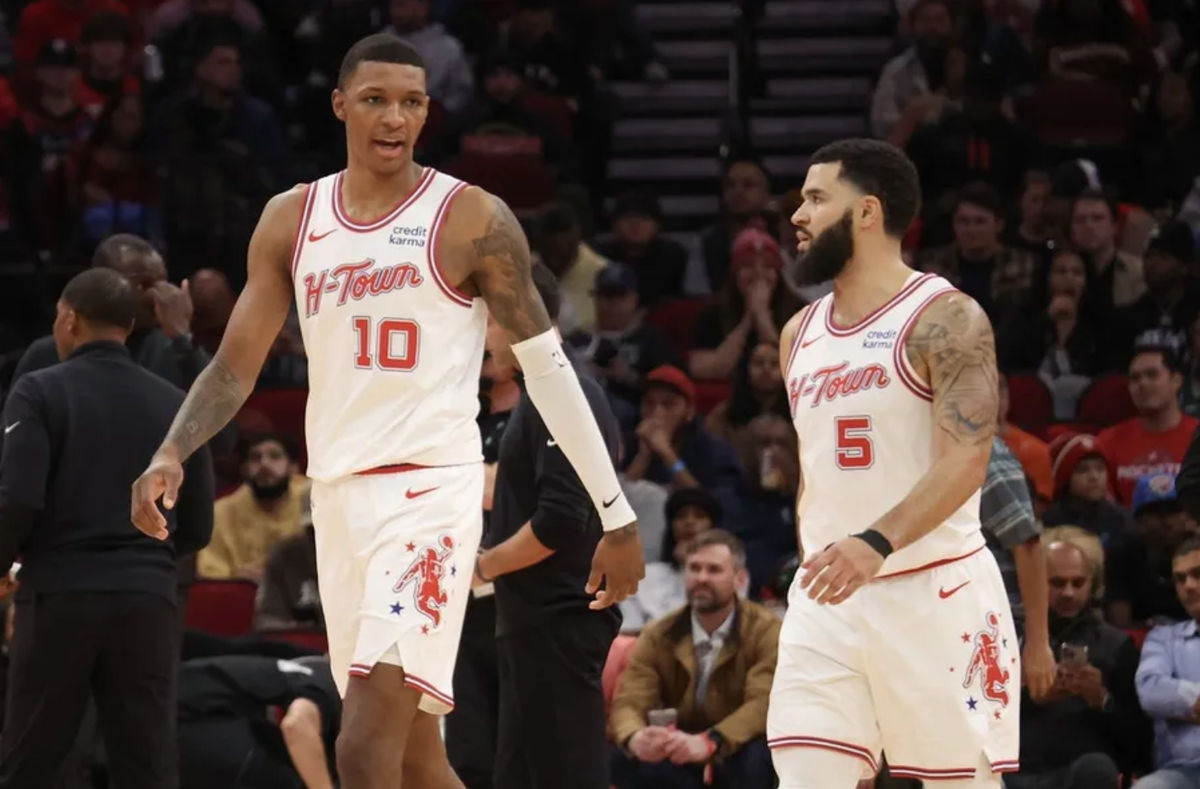 Dec 6, 2023; Houston, Texas, USA; Houston Rockets forward Jabari Smith Jr. (10) talks to guard Fred VanVleet (5) during a Oklahoma City Thunder timeout in the second quarter at Toyota Center. Mandatory Credit: Thomas Shea-Imagn Images
Dec 6, 2023; Houston, Texas, USA; Houston Rockets forward Jabari Smith Jr. (10) talks to guard Fred VanVleet (5) during a Oklahoma City Thunder timeout in the second quarter at Toyota Center. Mandatory Credit: Thomas Shea-Imagn Images As the clock struck 6 p.m. on the East Coast, all bets were off.
The preamble had lived up to the hype, with splashy trades in the weeks leading up and extensions flying left and right. The Oklahoma City Thunder are barely a week removed from their Game 7 victory over the Indiana Pacers, and the periscope to the 2025–26 season has already broken the surface.
While they bask in glory following an arduous playoff gauntlet, the rest of the league looks ahead. Some teams are regrouping, others are resetting. But two contenders—the Denver Nuggets and Houston Rockets—have expertly retooled on the fly, with potentially momentous signings still on the horizon.
Houston Rockets
The Rockets hit the ground running in the lead-up to free agency:
Signed Steven Adams to a three-year, $39 million deal on June 15
Signed Fred VanVleet to a two-year, $50 million extension on June 26
Signed Jabari Smith Jr. to a five-year, $122 million extension on June 30
And the first day of free agency carried that same team-building momentum:
Signed Dorian Finney-Smith to a four-year, $53 million deal
Signed Clint Capela to a three-year, $21.5 million deal
Retained Jae’Sean Tate on a one-year, $3 million deal
Re-signed Jeff Green and Aaron Holiday to one-year veteran minimum deals
As if acquiring Kevin Durant at a relatively low asking price didn’t already move the needle, general manager Rafael Stone delivered one hell of an encore. The Rockets are loaded for bear—a superstar in tow, a well-rounded frontcourt depth chart, center insurance, wily veterans, and young up-and-comers still waiting their turn.
Houston has been a brick-by-brick team-building marvel, showing the paramount importance of hitting on your draft picks. After a long and winding road riddled with growing pains and roster turnover, the Rockets’ core now spans every segment of the age curve.
They’ve planted their flag at the top of the Western Conference through opportunistic trades and optimizing rotation slots 10 through 15 since the rebuild began. Maintaining continuity with players like Green, Tate, and Holiday is a meaningful component of their outlook for 2025–26.
Denver Nuggets
 Feb 5, 2025; Denver, Colorado, USA; Denver Nuggets forward Michael Porter Jr. (1) reacts after a basket in the second quarter against the New Orleans Pelicans at Ball Arena. Mandatory Credit: Ron Chenoy-Imagn Images
Feb 5, 2025; Denver, Colorado, USA; Denver Nuggets forward Michael Porter Jr. (1) reacts after a basket in the second quarter against the New Orleans Pelicans at Ball Arena. Mandatory Credit: Ron Chenoy-Imagn Images The Denver Nuggets put an extended run of dormancy behind them with a pair of intriguing moves:
Signed Bruce Brown Jr. to a one-year deal (terms undisclosed)
Traded Michael Porter Jr. and a 2032 first-round pick to the Brooklyn Nets for Cam Johnson
The significance of these transactions can’t be fully appreciated without first rewinding to the Nuggets’ disastrous 2024 offseason—the primary catalyst behind Calvin Booth’s firing this past April.
Denver had just suffered a Game 7 collapse on their home floor against Minnesota in the second round. A loss that can be summed up by the fact that Justin Holiday—who hasn’t touched an NBA hardwood since—was the second player off the bench.
Despite glaring needs and a tightening title window, the Nuggets sat idle. Kentavious Caldwell-Pope departed. Russell Westbrook and Dario Šarić came in. That was the extent of their offseason activity. Meanwhile, value wings like Gary Trent Jr. and Taurean Prince signed elsewhere for minimum deals.
At the center of the mess was a trio of 2023 draftees: Julian Strawther, Jalen Pickett, and Hunter Tyson. Allegedly handpicked by Booth, the front office bet heavily on their sophomore leaps, cutting ties with proven bench talent in the process. They replaced experience with promise—no safety net, just hope.
Booth wasn’t the only one to blame. The Kroenke family’s parsimony helped thin the rotation during a championship window. But even in the face of [arguably negligent] inaction, Denver’s core came within a game of ousting the eventual champs.
Now, under interim general manager Ben Tenzer and new head coach David Adelman, Denver seems intent on not repeating past mistakes.
Denver’s hopes for a roster makeover hinged on the movability of Porter Jr.’s remaining two years and $79 million. That contract had long been viewed as a financial anchor rather than an asset. The idea of splitting MPJ into multiple rotation pieces had circulated for more than a year, but the feasibility always came down to finding a taker.
Enter the Brooklyn Nets, whose cap space gave Denver unexpected flexibility.
Against the odds, the Nuggets replaced MPJ with a close facsimile in Cam Johnson—at nearly half the annual cost. The 2032 first-rounder might sting down the road, but that’s the price of doing business when you’re building around an A-list superstar.
Johnson isn’t quite as stout, but he’s a better movement shooter and more willing to attack off the bounce—skills that could inject fresh life into Denver’s half-court offense.
The move saves the Nuggets $40 million, brings them below the luxury tax, and generates a $16.8 million trade exception. Most critically, it opens up the $14.1 million mid-level exception to pursue more free agents. Al Horford and Guerschon Yabusele have already been floated as potential targets.
And with the return of Bruce Brown Jr., it’s clear the Nuggets aren’t just patching holes—they’re rebuilding a bench that gives them lineup optionality and the playoff flexibility they sorely lacked.





